The midsize SUV segment is home to some of the most versatile and capable vehicles on the market, and the Hyundai Tucson and Subaru Outback are no exception. Each model has its own unique strengths, offering potential buyers a range of features and performance capabilities to suit their individual needs.
In this comparison, we’ll take an in-depth look at the Hyundai Tucson and Subaru Outback, highlighting their key differences and discussing what sets them apart from one another.
Exterior Design
The Hyundai Tucson and Subaru Outback both exhibit a modern and bold appearance, but each vehicle’s aesthetic is unique in its own right.
The Tucson sports a dynamic and edgy design, boasting sharp lines, a prominent grille, and a sleek profile. The LED headlights and taillights seamlessly blend with the vehicle’s overall aesthetic, giving it a striking presence on the road.
The Outback maintains its iconic rugged appearance, featuring a muscular body, elevated ground clearance, and durable cladding on the lower body. Roof rails are standard, making it an ideal choice for outdoor enthusiasts who require additional storage for their gear.
Interior Design
The Tucson’s interior is modern and well-appointed, with a minimalist dashboard design and soft-touch materials throughout. A 10.25-inch touchscreen infotainment system is available, offering seamless integration with smartphone apps and various vehicle settings. Ambient lighting adds to the overall premium feel of the Tucson’s cabin.
The Outback’s cabin provides a mix of functionality and comfort, with durable materials and a practical design. The standard 11.6-inch touchscreen infotainment system is user-friendly and well-integrated into the dashboard. Ample storage compartments are available throughout, and a panoramic sunroof is an option for those who desire an open-air experience.
Seating
Both vehicles provide ample seating for five passengers, with differences in available space and seat comfort.
The Tucson offers comfortable seating with ample head and legroom for passengers in both rows. The rear seats can be reclined for added comfort, and higher trims feature heated and ventilated front seats.
The Outback boasts generous space for occupants, with especially ample rear-seat legroom. Its seats are supportive and comfortable, making it ideal for long road trips. Higher trims offer heated and ventilated front seats, as well as heated rear seats.
Storage
The Tucson provides 38.7 cubic feet of cargo space behind the rear seats and 74.8 cubic feet when the rear seats are folded. The hands-free power liftgate is available for added convenience when loading and unloading items.
The Outback boasts 32.5 cubic feet of cargo space behind the rear seats and 75.7 cubic feet with the seats folded. A power liftgate is standard, and the integrated roof rails can accommodate additional cargo or equipment.
Performance
The Tucson comes with a standard 2.5-liter four-cylinder engine producing 187 horsepower and 178 lb-ft of torque. An available hybrid powertrain delivers 226 combined horsepower and improved fuel efficiency. Both engines are paired with an 8-speed automatic transmission, providing smooth shifting and responsive acceleration.
The Outback comes standard with a 2.5-liter four-cylinder engine producing 182 horsepower and 176 lb-ft of torque. For those seeking more power, a turbocharged 2.4-liter engine is available, producing 260 horsepower and 277 lb-ft of torque. Both engines are paired with a continuously variable transmission (CVT) and standard all-wheel drive, ensuring capable performance on various terrains.
Fuel Efficiency
Fuel efficiency is an important consideration for many car buyers, and both the Tucson and Outback offer competitive numbers in this regard.
The base 2.5-liter engine in the Tucson achieves an EPA-estimated 26 mpg in the city and 33 mpg on the highway. The hybrid powertrain significantly improves efficiency, with EPA estimates of 38 mpg in the city and 38 mpg on the highway.
The standard 2.5-liter engine in the Outback delivers an EPA-estimated 26 mpg in the city and 33 mpg on the highway. The more powerful turbocharged engine achieves 23 mpg in the city and 30 mpg on the highway. While no hybrid option is available for the Outback, its fuel efficiency remains competitive in its class.
Safety
The Tucson comes standard with a suite of advanced driver-assistance features, including forward collision warning, automatic emergency braking, lane keep assist, and driver attention warning. Higher trims add features such as blind-spot monitoring, rear cross-traffic alert, and adaptive cruise control. The 2023 Tucson has earned a Top Safety Pick+ rating from the Insurance Institute for Highway Safety (IIHS).
The Outback is equipped with the EyeSight suite of advanced safety features as standard, which includes adaptive cruise control, pre-collision braking, lane departure warning, and lane keep assist. Optional safety features include blind-spot monitoring, rear cross-traffic alert, and reverse automatic braking. The Outback has also received a Top Safety Pick+ rating from the IIHS.
Trim Levels
The Tucson is available in four trim levels: SE, SEL, N Line, and Limited. Each trim offers a range of standard and optional features, with higher trims providing more advanced technology, comfort, and performance upgrades. The hybrid powertrain is available in the SEL Convenience, Blue, and Limited trims.
The Outback comes in six trim levels: Base, Premium, Limited, Onyx Edition XT, Wilderness, and Touring. Each trim level offers a unique combination of features, with higher trims adding luxury and off-road capabilities. The turbocharged engine is available on the Onyx Edition XT, Wilderness, and Touring trims.
Pricing
The base Tucson SE starts at $24,950, while the top-tier Limited trim starts at $34,700. Pricing for the hybrid models ranges from $29,050 for the SEL Convenience to $37,350 for the Limited.
The base Outback has a starting price of $27,845, and the top-of-the-line Touring trim starts at $39,945. The turbocharged engine option is available starting with the Onyx Edition XT at $35,845.
Key Differences
While both the 2023 Hyundai Tucson and Subaru Outback are strong contenders in the midsize SUV market, there are key differences between the two models that may influence a buyer’s decision. This section will highlight the main distinctions in terms of design, performance, fuel efficiency, and available features.
Design:
The Hyundai Tucson features a sleek, modern exterior with sharp lines and an aggressive front grille, while the Subaru Outback maintains its rugged, outdoorsy appearance with higher ground clearance and protective body cladding. In terms of interior design, the Tucson leans towards a minimalist, premium aesthetic, whereas the Outback focuses on practicality and durability.
Performance:
The Tucson offers a standard 2.5-liter engine with 187 horsepower, while the Outback comes with a 2.5-liter engine producing 182 horsepower. The Outback has a more powerful engine option in the form of a 2.4-liter turbocharged unit that generates 260 horsepower, which the Tucson does not offer. However, the Tucson has a hybrid powertrain available for improved fuel efficiency.
Fuel Efficiency:
Both vehicles have comparable fuel efficiency ratings with their base engines, but the Tucson’s hybrid option offers a significant advantage in terms of fuel economy. The Tucson Hybrid achieves 38 mpg in both city and highway driving, while the Outback’s most efficient non-turbo engine delivers 26 mpg in the city and 33 mpg on the highway.
All-Wheel Drive:
The Subaru Outback comes standard with all-wheel drive, providing better traction and off-road capabilities. The Hyundai Tucson, on the other hand, comes with front-wheel drive as standard, with all-wheel drive available as an option on select trims.
Trim Levels and Features:
The Tucson offers four trim levels (SE, SEL, N Line, and Limited), while the Outback has six (Base, Premium, Limited, Onyx Edition XT, Wilderness, and Touring). The Outback offers more specialized trims, such as the off-road-focused Wilderness and the luxurious Touring, which cater to specific buyer preferences.
In contrast, the Tucson’s trims focus more on the progressive addition of comfort and technology features.
Safety:
Both the Tucson and Outback excel in safety, with each model earning a Top Safety Pick+ rating from the IIHS. However, the standard safety features differ slightly, with the Tucson offering driver attention warning as part of its base package, whereas the Outback’s EyeSight suite includes adaptive cruise control.
Pricing:
The base Hyundai Tucson SE starts at a lower price point ($24,950) than the base Subaru Outback ($27,845). However, the top-tier trims of both vehicles are more closely matched in price, with the Tucson Limited at $34,700 and the Outback Touring at $39,945.
Final Thoughts:
Ultimately, the decision between the 2023 Hyundai Tucson and Subaru Outback will depend on the preferences and priorities of each buyer. The Tucson stands out with its modern, edgy design, hybrid powertrain option, and lower starting price, while the Outback offers standard all-wheel drive, off-road capabilities, and a more powerful turbocharged engine.
Both vehicles deliver impressive safety features, comfort, and versatility, making them strong contenders in the midsize SUV market. By considering the aspects that matter most to them, buyers can make a well-informed choice between these two exceptional SUVs.
Features Breakdown:
Hyundai Tucson
- Exterior Design
- Dynamic and edgy design
- Sharp lines, prominent grille
- Sleek LED headlights and taillights
- Interior Design
- Modern and minimalist dashboard
- Soft-touch materials
- Available 10.25-inch touchscreen infotainment system
- Ambient lighting
- Seating
- Comfortable seating for five
- Reclining rear seats
- Heated and ventilated front seats on higher trims
- Storage
- 38.7 cubic feet of cargo space behind rear seats
- 74.8 cubic feet with rear seats folded
- Available hands-free power liftgate
- Performance
- Standard 2.5-liter four-cylinder engine (187 hp, 178 lb-ft of torque)
- Available hybrid powertrain (226 combined horsepower)
- 8-speed automatic transmission
- Fuel Efficiency
- 26 mpg city / 33 mpg highway (2.5-liter engine)
- 38 mpg city / 38 mpg highway (hybrid powertrain)
- Safety
- Standard advanced driver-assistance features
- Top Safety Pick+ rating from IIHS
- Trim Levels
- SE, SEL, N Line, Limited
- Hybrid available in SEL Convenience, Blue, Limited trims
- Pricing
- $24,950 (base SE)
- $34,700 (Limited)
- $29,050 – $37,350 (hybrid models)
Subaru Outback
- Exterior Design
- Rugged, outdoorsy appearance
- Elevated ground clearance
- Durable body cladding and roof rails
- Interior Design
- Practical and durable cabin
- Standard 11.6-inch touchscreen infotainment system
- Panoramic sunroof available
- Seating
- Comfortable seating for five
- Generous rear-seat legroom
- Heated and ventilated front seats, heated rear seats on higher trims
- Storage
- 32.5 cubic feet of cargo space behind rear seats
- 75.7 cubic feet with rear seats folded
- Standard power liftgate
- Performance
- Standard 2.5-liter four-cylinder engine (182 hp, 176 lb-ft of torque)
- Available turbocharged 2.4-liter engine (260 hp, 277 lb-ft of torque)
- Continuously variable transmission (CVT)
- Standard all-wheel drive
- Fuel Efficiency
- 26 mpg city / 33 mpg highway (2.5-liter engine)
- 23 mpg city / 30 mpg highway (turbocharged engine)
- Safety
- Standard EyeSight suite of advanced safety features
- Top Safety Pick+ rating from IIHS
- Trim Levels
- Base, Premium, Limited, Onyx Edition XT, Wilderness, Touring
- Turbocharged engine available on Onyx Edition XT, Wilderness, Touring trims
- Pricing
- $27,845 (base Outback)
- $39,945 (Touring)
- $35,845 (Onyx Edition XT with turbocharged engine)





